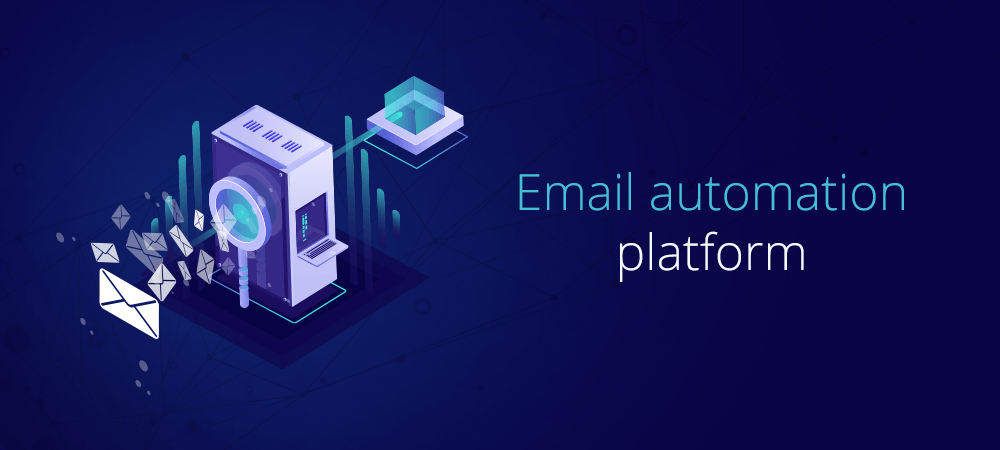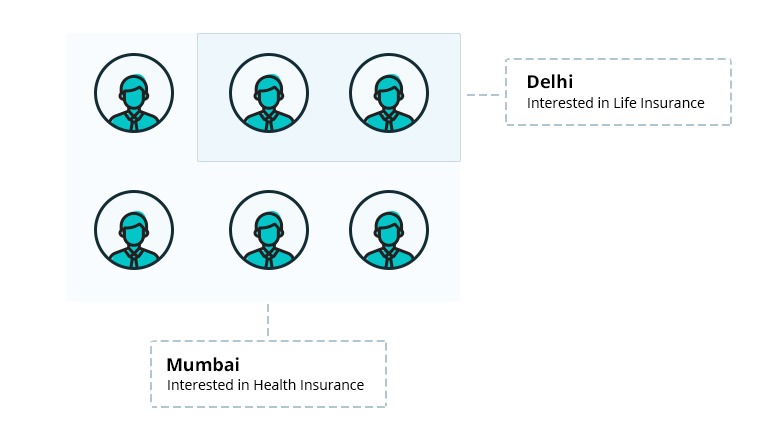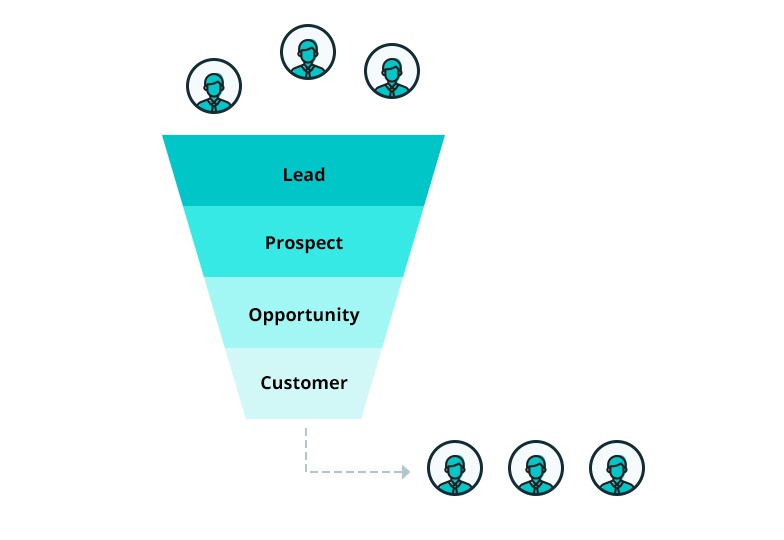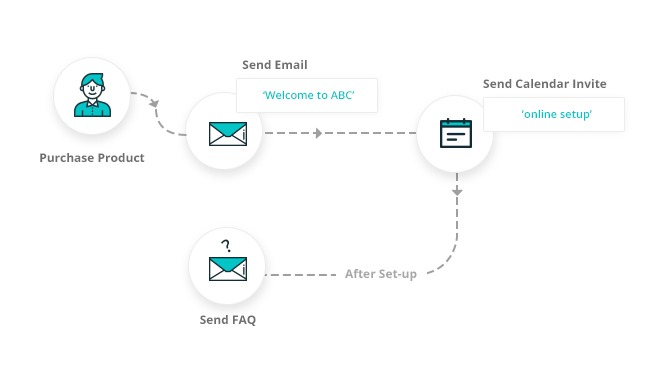Online sales can be a great business to be in, but it’s not easy. You’re not just fighting with mega-corporations, but also smaller competitors that wouldn’t have posed much of a threat to your business a decade or so ago.
It’s a double-edged sword: New technology like email automation platforms has opened many doors for businesses to grow their online footprint. But keep in mind that other companies are using the same marketing tools as you are, and it’s not enough to simply deploy a sturdy tool and hope it does the job.

Rather, your success hinges on how you use your marketing tools to differentiate your approach from your competitors and grow your share of the market.
Let’s look at four powerful email automation platform strategies you should explore to fuel your sales:
#1 – Lead Segmentation
You already know that not all leads or customers are equal, so why would you send them all on the same buyer journey? We’re living in the era of personalization, where buyers don’t want the cookie-cutter experience of years past, but rather prefer to have their specific needs, requests, and expectations met.

Lead segmentation is the process of dividing your leads into specific groups that share similar characteristics. By identifying certain buying signals, needs, wants, or other factors, your sales team can better approach each lead with a personalized experience.
So, what exactly does lead segmentation look like?
It could be an email campaign to target inactive list subscribers. Or, it might be prospects who have shown interest in a specific product or service. Or, it could be based on annual spending.
There are a few dos and don’ts when it comes to list segmentation, and knowing these can make your break your entire strategy:
To Segment or Not to Segment?
First, your segments must make sense! There are countless ways you can break down your email list, but you should only create segments that matter to your marketing. For example, creating a segment for everyone in a certain city makes sense if you’re planning an event in that city, but it wouldn’t make sense if you were offering, say, an eBook download.
Interest Lifespan
Also, take into account the interest lifespan of the customer. For example, if you’re selling lawnmowers, your leads may not be interested in your lawnmowers year-round. Rather, they’re in the market for one when they reach out and will likely fulfill that need quickly. If you can’t strike while the iron’s hot, you may lose that opportunity completely.
#2 – Customer Journey
Too often, sales teams and marketers focus on the end result (the sale) and skip over all the necessary steps to move a prospect from lead to a long-term customer. Instead, they focus on moving the lead from Point A to Point B as quickly as possible, offering discounts, coupons, and other incentives to make the buying decision a sure thing.
But this does nothing to build lasting, long-term relationships with your buyers!

One of the benefits of a longer sales journey is being able to connect with customers. Every touchpoint offers an opportunity to learn more about the buyer, sell the company’s image and reputation, and solidify your relationship for the long haul.
Email marketing can help fill in these gaps by catering to customers in every step in the buyer journey. Regardless of where a customer is in the sales funnel, you can send them valuable information to lead them to the next step.
In return, they can feel more empowered and informed about their buying decisions. Plus, it helps you avoid competing on price and instead focusing on other competitive advantages.
#3 – Automatic Follow Up
Follow-up is one of the most important parts of a salesperson’s job, but every email you send is time spent not selling.

Instead, salespeople can use automated email marketing to follow up based on specific parameters. For example, making a phone call might trigger a follow-up email that same day. Or, you might send a follow-up email if a prospect didn’t respond to your last email within a week.
Automation takes much of the manual labor out of the email marketing process. You create your messages once, then let the system do the rest. This helps you not only provide consistent messaging but also ensures that emails are sent at every opportunity so no details fall through the cracks.
#4 – Welcome & Onboarding Series
The sales process isn’t over once the customer signs the contract, but many salespeople forget about the crucial next step.
Bringing a prospect from lead to a customer creates a new responsibility – retaining that customer for as long as you can.

This means you’ll want to start their experience on a strong note. Welcome them into your product or service with an email. Then, follow up with a series of emails to help them learn how to use the service and get the biggest benefits from their investments.
You may also include additional emails to check on your customers, see if they have questions, and ask for their feedback.
These steps are minimal with an email automation platform but can produce huge results in retaining your hard-earned customers and reminding them they made the right choice.
How to Put These Email Automation Platform Strategies into Effect
Whether you’re just getting started with email marketing or are looking for ways to tweak your efforts, these four strategies provide a powerful starting point. Each one either initiates or supports the customer journey, taking your sales reps to the next step with little to no guesswork involved.
LeadSquared’s email automation platform makes it easy to put the above six strategies into action. We help empower your sales team to go after what’s important without getting bogged down in the details.
Try it yourself with a free 15-day trial and experience how LeadSquared can help you grow your revenue.








